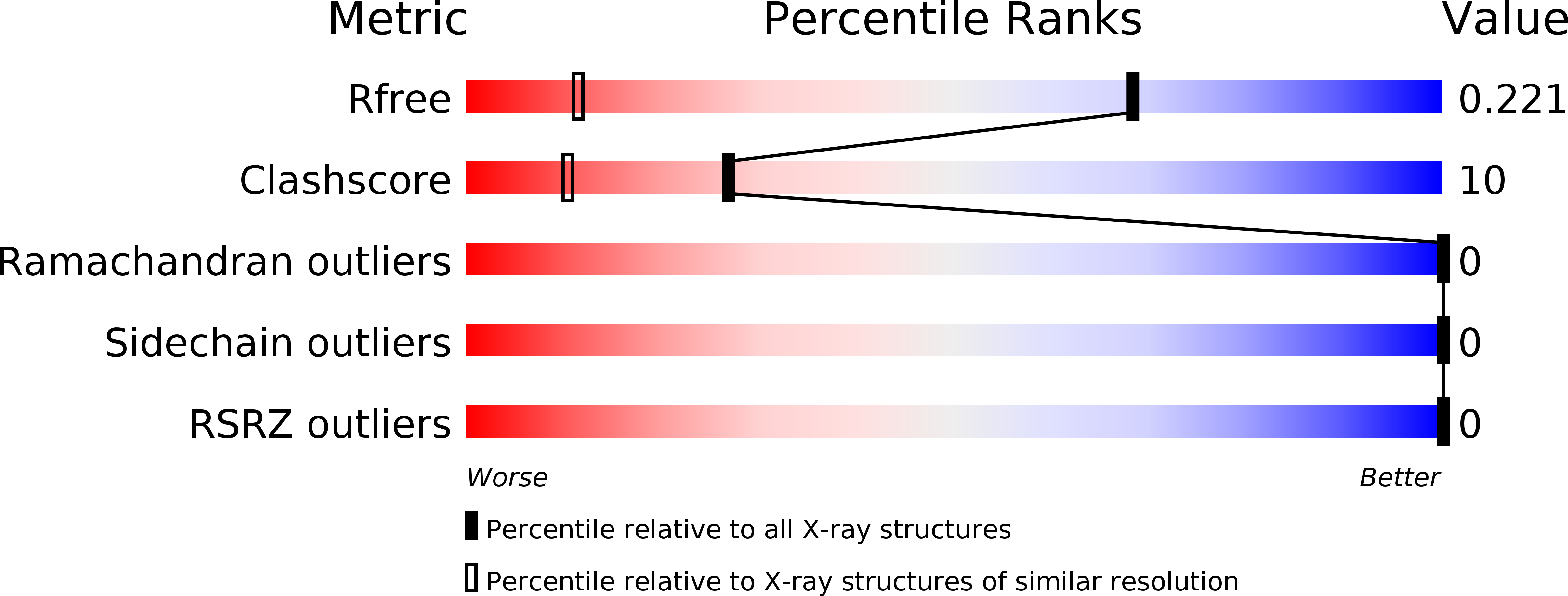
Deposition Date
2018-05-24
Release Date
2018-10-31
Last Version Date
2024-04-03
Entry Detail
PDB ID:
6DJ0
Keywords:
Title:
ASLTVS segment from Human Immunoglobulin Light-Chain Variable Domain, Residues 73-78, assembled as an amyloid fibril
Biological Source:
Source Organism:
Homo sapiens (Taxon ID: 9606)
Method Details:
Experimental Method:
Resolution:
1.30 Å
R-Value Free:
0.21
R-Value Work:
0.18
R-Value Observed:
0.18
Space Group:
P 1 21 1


